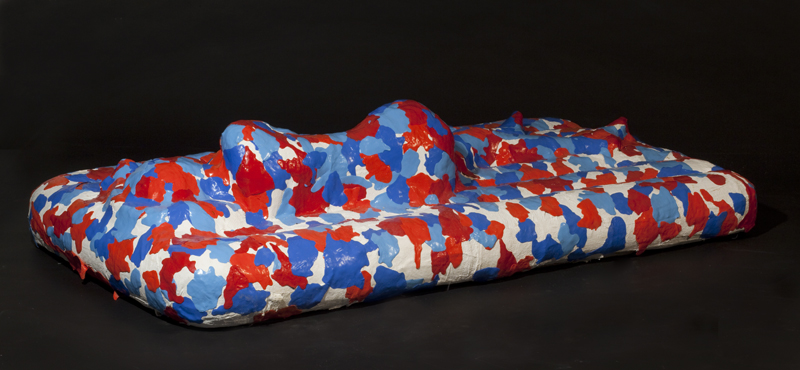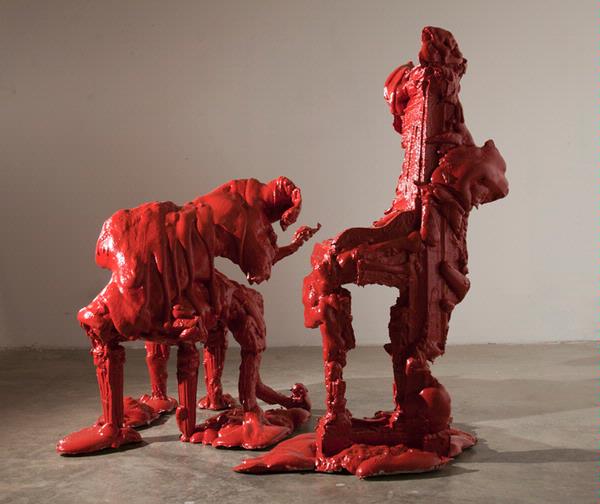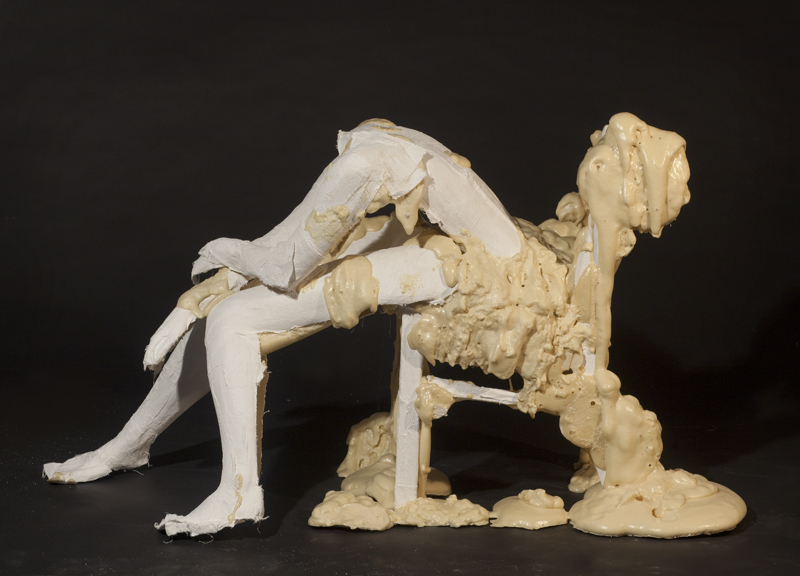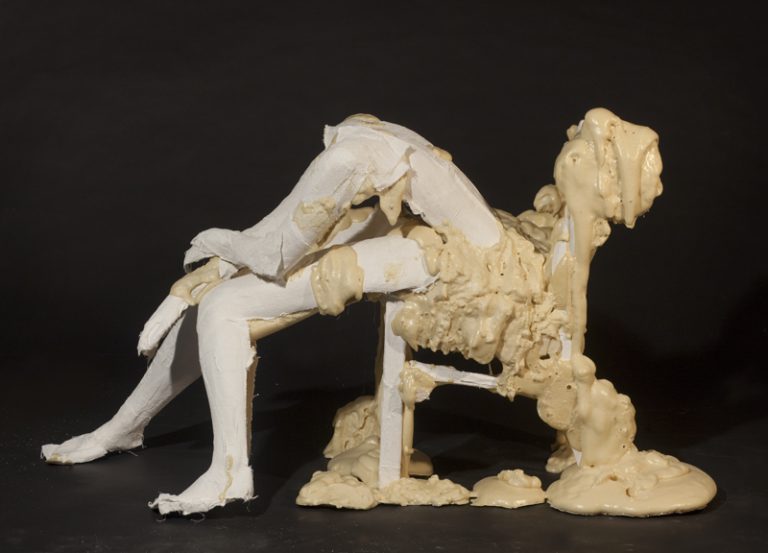Grant Billingsley is a painter and sculptor who, until recently, was the most recent resident at The Border Art Residency, a supporting organization to the El Paso Community Foundation, which has been a valuable cornerstone in the revitalization of the artistic community in El Paso and the surrounding region.
Grant Billingsley is a native of North Dallas and has most recently received his Master’s Degree in Fine Art from Texas Tech University. On April 11th, the Border Art Residency had a show at the Sotoa Gallery Lofts to mark the closing of Billingsley’s time with the residency.
How did you first become involved with the Border Art Residency?
A couple of years before I even began applying for residencies, I got a chance to visit this region and find out about the Border Art Residency. When I graduated from school in December of 2011, I applied and found out that I had been awarded the residency in March 2012. I arrived here in the middle of August 2012. This whole experience has been a blessing.

How have you enjoyed El Paso?
When I got here in the fall, everything was really green. I didn’t know about the valley and that there is a robust farming community here. I live between a pecan farm and a corn field so that’s really nice.
Honestly, just living someplace with a mountain is really interesting to me. I’m from New York and the buildings all look the same every day; they’re either in the dark or in the light. I don’t know what it is, the mountains here always shift in color; some days they appear purple, other days they’re redder. They sometimes reflect the light, other days they just soak it up. It’s very interesting. The sunsets here are also unparalleled.
I noticed that your work is very colorful. What goes into making a painting for you?
I always know that when I start a painting, it will have a colorful effect. I want to create a vibration of colors and I want you to have some sort of physical reaction when you look at my paintings, as opposed to expressing emotion.
I paint on wooden panels to make sure that I convey that you are looking at a flat surface although everything that I paint is an interior scene. I’m trying to present the illusion of space through a combination of optical effects using color.

Why did you decide to use interiors?
That’s a good question. I found that I was attracted to creating illusionistic spaces as opposed to landscapes because everything indoors is man-made. Everything was created by a person and even if there is a plant in one of my scenes, that plant was put there by a person. I’m showing how humans are interpreting space in addition to showing us how our eyes work. I wanted to convey an accumulation of human knowledge.
Your sculptures look very human-like in composition. Can you tell me more about your sculpting process?
What I do is I cast parts of the body out of plaster bandages then I sort of ‘glue’ them together using the foam. The foam creates all this volume that fills up the rest of the body that wasn’t cast. These are projections from your mind. It’s like using negative space to fill in the missing elements.
When Michaelangelo was carving sculptures out of rock, what he said is that God created the image and that all he was doing is freeing the image from the marble. His favorite part of the process was when he was halfway done; the head and shoulders would be clear but the rest of the features were crudely done. He loved this because he could see the rest of the sculpture even though the rest was still a brick of stone. Your mind has that freedom.

When did you first start getting into art as a serious career or part of your life?
I started to take art very seriously when I took a silk screening class, of all things, during my Sophomore year in College. The attitude that teacher had towards art, the potential possibilities and how far you can take one thought process of an idea is what piqued my interest.
There seems to be an endless trail of ideas in art. It’s not aimless wandering, it’s more like creating something from an idea that you had, then improving it and building upon that and so on.
What’s next for you after the residency?
It looks like I’m going to go to Brooklyn. It’s a nice place and the art scene is just booming. My sister lives there and I have a couple of friends that live up there that I’ll be working with on a website called ‘Useful Pictures’. They’re having a show in New York two days after the Border Art event here. If anything, I will try New York for a few years and then go on from there.
Now that your residency is coming to an end, what do you think you will miss the most?
Ray Parish and Becky Hendrick, the married couple who started this residency program, are wonderful people and deserve some recognition.
The superficial answer is that I will miss the place that I live in. I live in a big loft with a studio attached to it which has wooden floors and a custom door, a kitchen that doesn’t exist anywhere else in the world, high ceilings, windows everywhere. I will never live in a place like this again in my life! The living space is wonderful and every day I think about how lucky I am. I am going to miss the sunsets here and the freedom I have here. It was very nice to have my mind set free the way it was here.
Grant Billingsley: http://grantbillingsley.com
http://usefulpictur.es
Border Art Residency: http://borderartresidency.com


